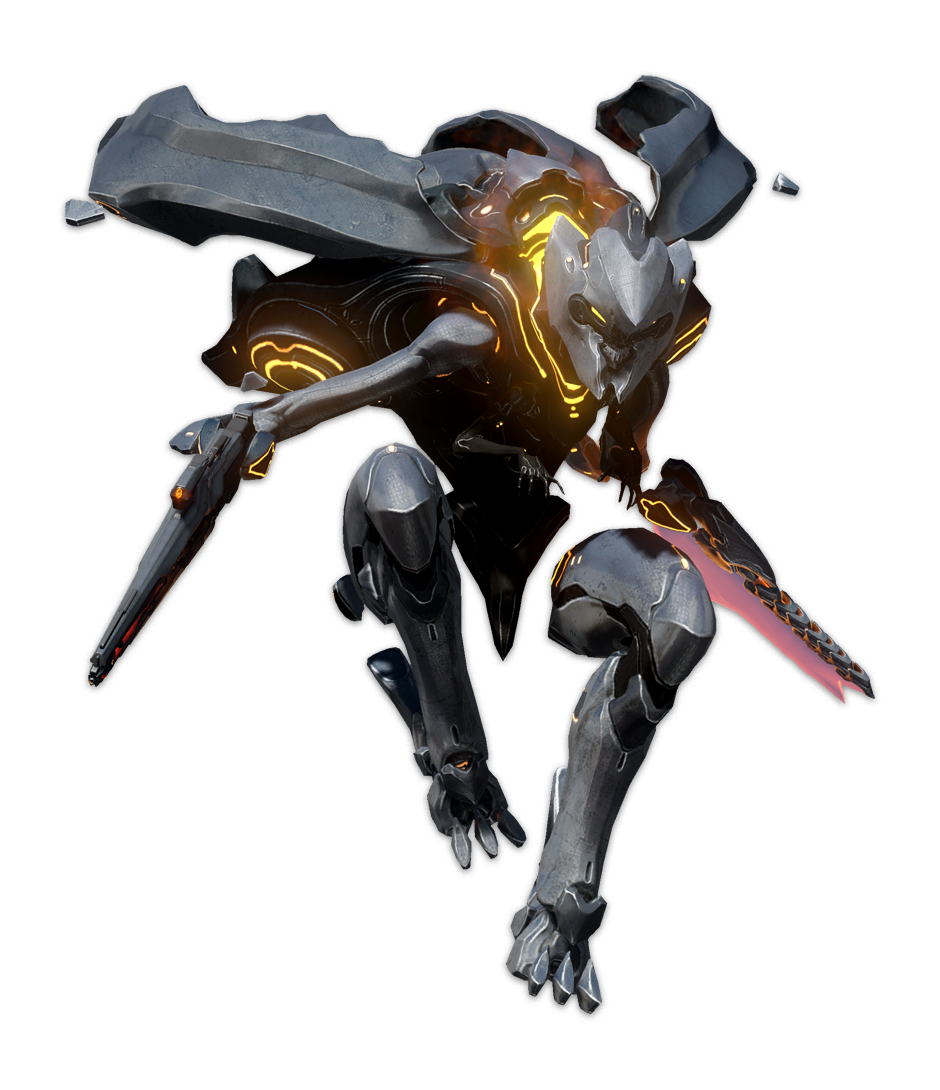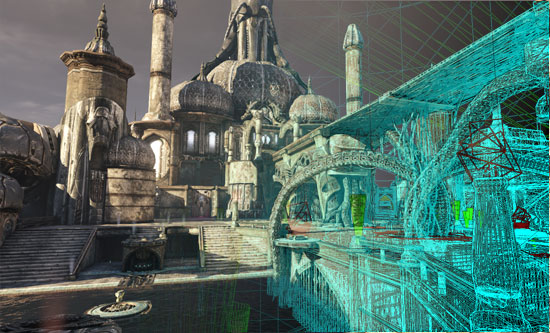The schedule over the last 2 weeks has been a hectic one; bugs, small feature tweaks, and general polish of the Fury Void game have taken priority. There is a plethora of items still to complete in the next week, but even more are loaded into the team’s list of items that will not be tackled in time for game completion. The following is a brief on the features added and the bugs fixed in the recent weeks.
An issue already resolved was the inclusion of additional nebula skyboxes for the game. This was done by the outside initiative of a Team Fury member; no story was written for this item, but it is well received.

Another visual change was the remodelling of some of the 3D ship assets. High polygon counts (leading to long load times) and model clipping were corrected to give .
2 more colors have been made available to players for their weapons: magenta and neon-green. Missiles now reflect the colors that are selected, while the laser beam is bigger and meaner.
Black holes are now stark-black. The original issue was caused by allowing various texture effects to influence the black hole object; removing these, black holes are truly dark and terrifying. Further, black holes will start pulling-in objects within 3 seconds of spawning instead of 5, leading to more frantic play after they are spawned. However, due to an issue of black holes pulling every in-game object in before the player ship either left the level or was destroyed, the size of any system level has been reduced to accommodate for this (doing even more to concentrate play).

A previous issue with black holes was that they killed each other if 2 came into contact. After multiple attempts to add black holes to a list of objects that the black hole will ignore destroying, it was finally accomplished; to ward off future issues with multiple black holes, however, code was added to check if a black hole already exists, so that only 1 black hole will be spawned in any given level.
To indicate to the player how many points they will gain at the end of a level and to encourage them to move on to a new level, the ‘Population Density Bar’ has been added. This small object at the top of the screen shows how much the player has destroyed and how close they are to getting the highest score multiplier.
A completely new section to the menu system has been added. Under the ‘Options’ page, there is a section for explaining what Fury Void is about, what the player is trying to do, and what is in the game. The first page covers the brief context of the game (copied directly from the intro text-scroll seen at starting the game). The next page describes the goals of Fury Void (destroy the galaxy to save it) and how that is indicated through gameplay via the ‘Population Density Bar’. Later, planets, enemies, and powerups are described.
Numerous options have been repositioned in the menu system. The player may no longer select their control scheme from the ‘Options’ menu and the settings for difficulty have been moved to the ship-selection screen.
As the player’s health is small and tucked into a corner, the screen will flash red when the player’s health goes below a certain limit. This is an indicator that the player should be leaving the system to retain their score. Further, a blue onscreen warning is given when black holes spawn. It will display periodically as long as the player remains in a level with a black hole.
There was a vast amount of text pixelation throughout Fury Void’s menus and playspace. This has been corrected fairly easily, though extra work was needed on some screens as the viewing camera is not in a standard location on all pages. Additional work on having uniform fonts and font-sizes in the game is being done; the issue is likely to be included with Fury Void by the time of this update’s publish.
When loading levels, any object or text displayed through Unity’s OnGUI service would remain over the loading screen’s background. To amend this, a simple check on every OnGUI item to see if the level is loading was added.
At times, when attempting to view Fury Void’s credits, they would not display. On a gut feeling, Team Fury’s lead programmer double-checked the time scale of the credits screen. He found that, after entering play, exiting, and then attempting to view the credits, time was stopped; it had not been restarted from the act of exiting the in-game play. Fixing this, credits now scroll no-matter what the player does beforehand.
In the following days - the final days of student development on Fury Void - there are a number of features and issues that are aimed to be addressed: Individual ships will have unique names; Transitioning between system levels will be faster; Enemies will fire different weapons; More enemies will be spawned; and, if time allows, each save profile will have their own name to keep track of their save.
Please pay attention to Fury Void’s Facebook page for further updates on Team Fury’s progress to help players save the galaxy by fire. More work will be done, many planets will be destroyed, and many explosions will be had!
The latest build of Fury Void can be found here; the next build is Fury Void's official v 1.0 release!














